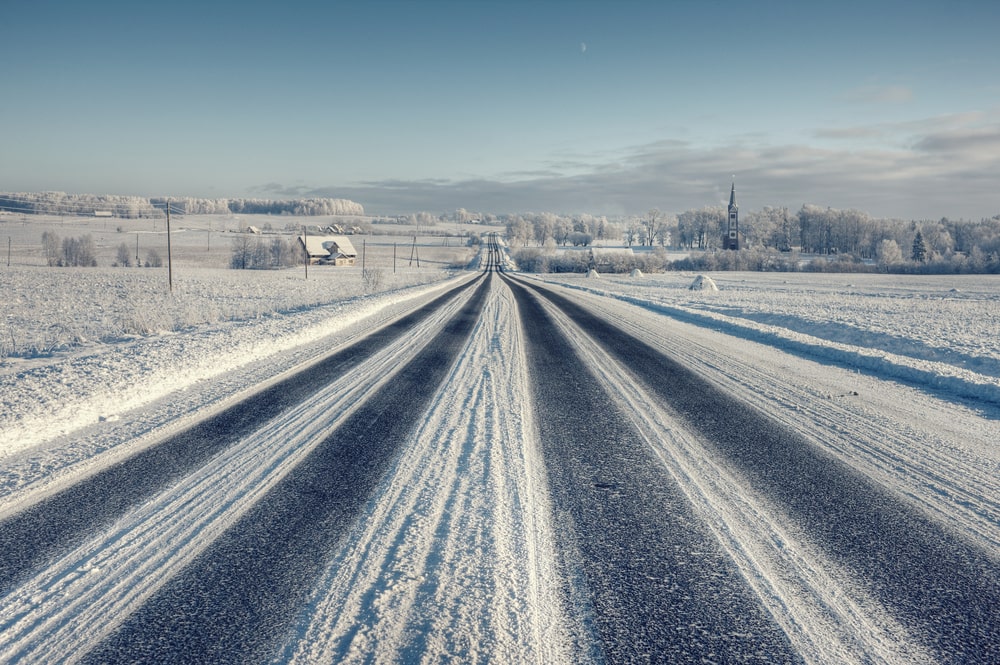Harsh winter conditions like temperature fluctuations (mild and extreme snow), intense cold, sleet, and ice can cause damage to your pavement when exposed to them for long periods. It’s worse if your pavement has a weak structural foundation, as the winter damages make it worse and more expensive to maintain and repair.
Asphalt pavements are highly resilient and durable but need constant and regular maintenance, repairs, and cleaning to help them withstand harsh winter temperatures.
Why is Winter an Issue for Your Pavement?
Preventing damage to their pavements in winter is one of the most significant challenges industrial and commercial property owners face. Asphalt surfaces don’t thrive in wet or freezing temperatures. This is because asphalt is very flexible, and the surface expands and contracts quickly when temperatures fluctuate rapidly. Any debris or water trapped under the surface automatically expands and contracts with the asphalt, causing damage in the areas.
The contraction and expansion create a tunnel effect inside the pavement, weakening its structural integrity. This causes the pavement to crack and dip more than it already has.
How a Winter Impacts Your Pavement
Snow melters and chemical-based de-icers
Commercial snow melters and de-icers contain questionable chemicals that may harm the environment if consumed by wild animals or contaminate the water systems. Also, using them over a long period can cause wear and tear on your pavement. Opt for natural de-icing and snow-melting methods to avoid harming the environment while keeping your surface safe and fully functional during winter.
It is easy to access natural products from local hardware stores or make them yourself. You can achieve this by mixing water with an eco-friendly dish soap and applying the solution directly to the snow and ice. Kitty litter is an effective natural anti-slip but does not melt the snow.
Freezing temperatures
In extremely low temperatures, the freeze-thaw cycle happens frequently, sometimes multiple times in one day, which can cause damage to your pavement. Snow and ice on your pavement eventually melt in less extreme temperatures. When this happens, the stagnant water left ends up breaking down the binding agents in your asphalt, penetrating the surface.
The moisture trapped beneath the surface freezes and expands, forcing your pavement to expand. This results in surface cracking and, worse, internal structural damage to your pavement. The cracks lead to more water seeping through them, resulting in more damage.
Snow relocation issues
After plowing, most property owners face the challenge of where to relocate the plowed snow. Letting it sit on your pavement could cause damage to your pavement’s structural integrity or result in a slip-and-fall accident. Your best bet is to completely melt the snow and clear out stagnant water or dump it in a low-traffic portion of your parking lot. Use the proper snow and ice removal equipment for snow relocation to avoid damaging the surface.
How to prevent winter damage on your pavement
- Don’t overuse the same area
- Repair existing cracks
- Resurface the areas with damages
- Sealcoat your pavement
For more information on asphalt pavements, visit our website or contact us here.






